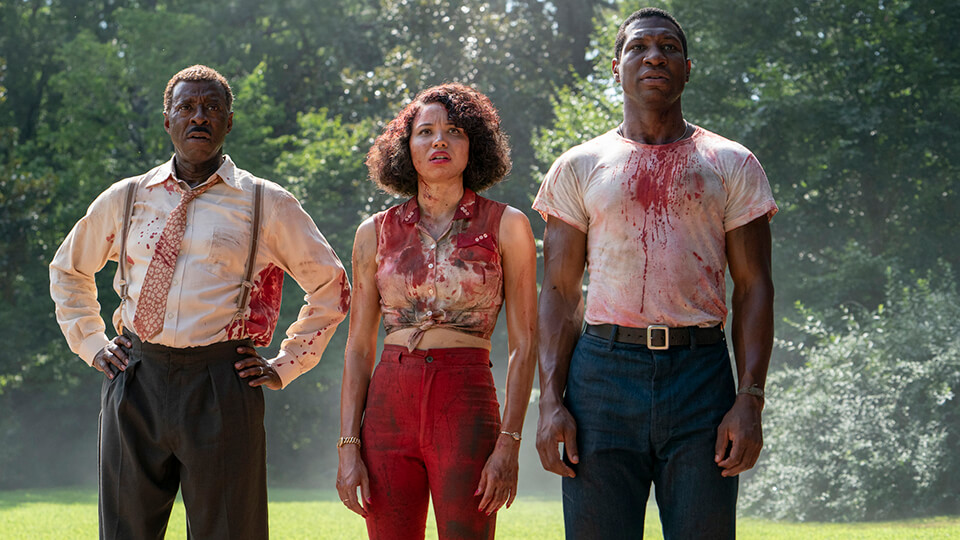Directed by Richard Attenborough and based on the bestselling book by Cornelius Ryan, A Bridge Too Far (1977) is a sprawling World War II epic that dramatizes Operation Market Garden — the largest airborne operation in history and one of the Allies’ boldest, yet most disastrous, campaigns.
With a legendary ensemble cast that includes Sean Connery, Michael Caine, Anthony Hopkins, Gene Hackman, Laurence Olivier, and Robert Redford, the film explores not only the strategic complexity of the mission but also its human cost. Combining massive battle scenes with intimate character moments, A Bridge Too Far is both a technical triumph and a sobering reflection on the price of military overreach.
The film takes place in September 1944, shortly after the D-Day landings. Believing that German forces were on the brink of collapse, British Field Marshal Bernard Montgomery devises a bold plan to bring the war to a rapid end by Christmas: Operation Market Garden.
The idea is to drop over 35,000 Allied airborne troops (British, American, and Polish) behind enemy lines in the Netherlands, capture a series of strategic bridges, and open a corridor for ground forces to advance into Germany — bypassing the heavily fortified Siegfried Line.
However, from the outset, the operation is plagued by overconfidence, poor intelligence, logistical issues, and underestimation of German strength. The most critical target is the bridge at Arnhem, which turns out to be “a bridge too far.”
British paratroopers, led by Lt. Col. John Frost (Anthony Hopkins), are dropped at Arnhem and become cut off from reinforcements. Meanwhile, the American 82nd and 101st Airborne Divisions — under commanders like Maj. Julian Cook (Robert Redford) — face brutal resistance, delayed armor support, and worsening weather.
As the days drag on, communication breaks down, casualties mount, and the once-optimistic plan devolves into tragedy and retreat.
A Bridge Too Far is less a celebration of valor than a critique of military arrogance. The film boldly portrays Allied generals as overly ambitious, refusing to accept flaws in the plan and pressing forward despite clear warning signs. The title itself is a metaphor for the fatal overreach that doomed the operation.
Unlike many war films that glorify heroism, this one emphasizes the cost of miscalculation — not just in terms of failed objectives, but in the human lives lost as a result of faulty leadership.
Still, the movie honors the courage and resilience of the soldiers on the ground. The paratroopers, tank crews, and medics display remarkable bravery in the face of impossible odds, making their eventual failure all the more heartbreaking.
Richard Attenborough’s direction captures the massive scale  of the operation with jaw-dropping authenticity. Thousands of extras, hundreds of real military vehicles, and on-location shooting across the Netherlands lend the film an immersive realism that few war films have matched.
of the operation with jaw-dropping authenticity. Thousands of extras, hundreds of real military vehicles, and on-location shooting across the Netherlands lend the film an immersive realism that few war films have matched.
The air drop sequences are especially stunning — shot practically, without CGI — evoking the chaos and bravery of airborne warfare. The sound design, explosions, and cinematography (by Geoffrey Unsworth) immerse the audience in the thunderous confusion of battle.
The screenplay, adapted by William Goldman, stays close to historical accounts, incorporating real military strategies, dialogue lifted from memoirs, and a commitment to factual representation. Still, the film occasionally struggles under the weight of its own complexity, jumping between characters and locations with little emotional through-line.
One of the film’s most distinctive features is its unbelievably stacked cast:
-
Sean Connery as Maj. Gen. Roy Urquhart commands the screen with gravitas.
-
Anthony Hopkins gives a quiet intensity to John Frost, fighting to hold Arnhem against impossible odds.
-
Robert Redford adds urgency as the daring Maj. Cook, leading a river assault under fire.
-
Michael Caine, Gene Hackman, James Caan, Elliott Gould, and Laurence Olivier all bring their star power, portraying commanders, doctors, and soldiers caught in the storm.
While the all-star lineup occasionally detracts from emotional depth — there's simply too little time for each arc — the performances lend credibility and global appeal to the film’s historical weight.
Upon release, A Bridge Too Far was both praised and criticized. Some admired its scope and realism; others felt overwhelmed by its sheer length (nearly 3 hours) and the lack of a central protagonist. Still, it earned BAFTA Awards and a lasting place in the pantheon of serious war cinema.

Over time, it has been recognized as a rare WWII film that dares to depict failure, challenging audiences to question the costs of war, even when the enemy is defeated in the long run.
A Bridge Too Far is not just a war movie — it’s a historical epic about hubris, sacrifice, and the limits of strategy. Through sweeping battles and intimate losses, it tells the story of one of the Allies’ most ambitious plans — and how it fell apart not because of cowardice, but because hope outpaced reality.
It remains a valuable watch not just for history buffs or war film fans, but for anyone interested in how ambition, even in noble causes, can lead to devastating consequences.


-1751510377-q80.webp)

